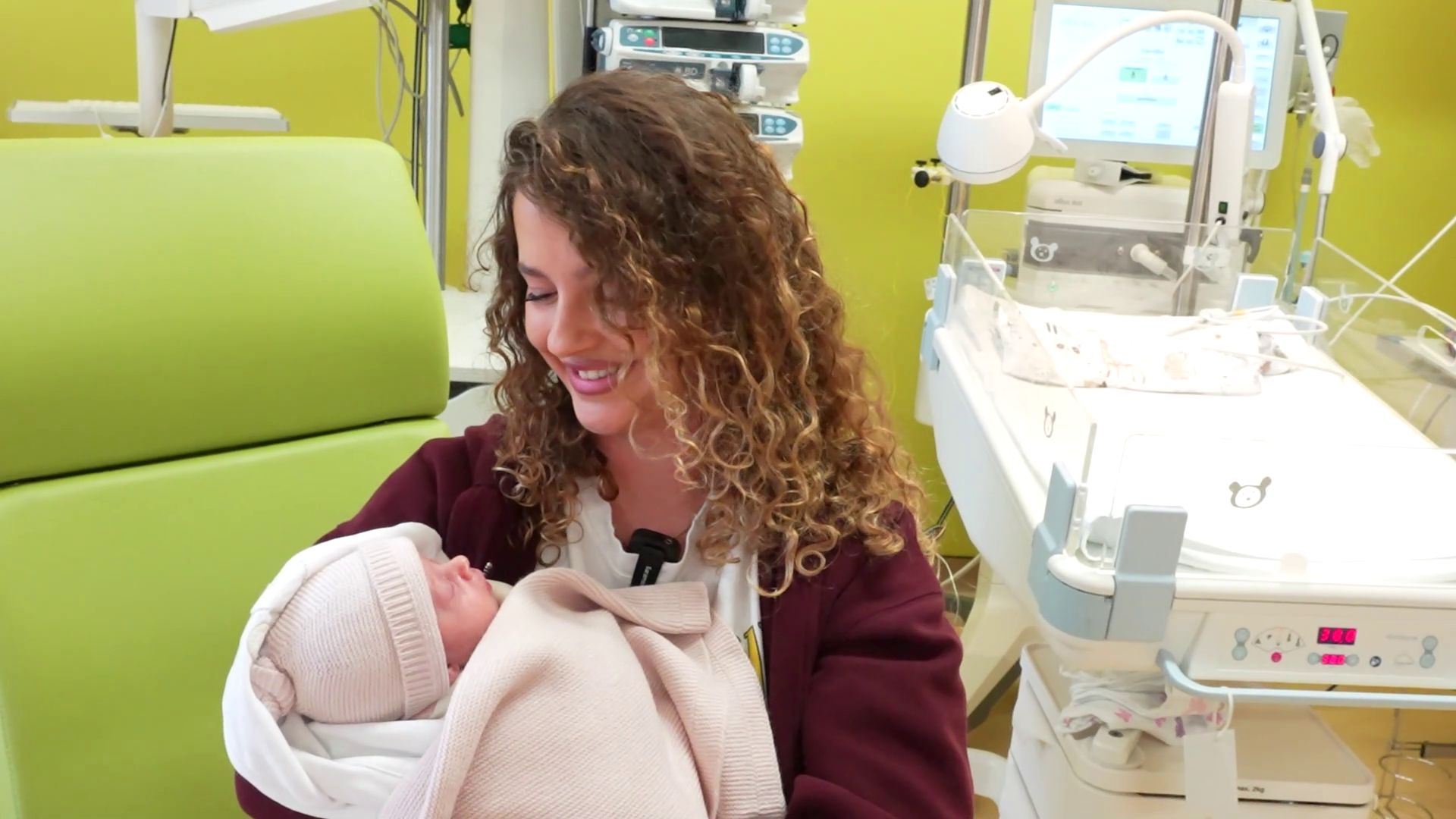 00389 2 3091 484
00389 2 3091 484
Chronic obstructive pulmonary disease – COPD
February 7, 2019
Chronic Obstructive Pulmonary Disease – COPD is a group of chronic respiratory diseases, which are characterized by breathing difficulties i.e. airway obstructions in patients who have previously been diagnosed with chronic bronchitis and/or emphysema.
COPD is characterized by obstruction of the respiratory tract which is not completely reversible. The respiratory obstruction does not change significantly and usually it is a long-term progressive condition. The disease is usually caused by cigarette smoking, but other factors have influence as well, such as the occupational exposure to toxic gases and vapors. This disease occurs in 34 cases of 1000 people, and usually in people over 65 years of age. Currently, COPD is the world’s fourth leading cause of death worldwide, however it is estimated that by 2020 it will be ranked first according to the World Health Organization.
In scientific studies in many countries it has been found that people living in large cities are more likely to suffer from COPD compared to people in rural areas. One of the main symptoms in COPD patients is a cough, which is actually a defensive mechanism of the airways, and protects the airways from unwanted inhaled particles, and simultaneously it is an important method of cleansing the produced mucus in them. A cough in patients with COPD usually occurs in the morning. The other major symptom is dyspnoea (shortness of breath), which is considered the most significant sign of this disease. Patients with an advanced form of COPD often develop respiratory failure, which is manifested by the occurrence of cyanosis of the mucous membranes and the skin, as a result of lack of oxygen in the blood. Excess carbon dioxide in the blood causes headache, drowsiness or cramps. Another complication of an advanced COPD are heart changes known as chronic pulmonary heart which are a result of its increased function, that is, due to the greater effort to pump blood into the painfully changed lung pathways. A gold standard for the diagnosis of COPD is spirometry which confirms the possible presence of airway obstruction, however the clinical assessment, based on a combination of the patient’s history and the physical examination, also has a part in making a diagnosis.
COPD produces symptoms, disabilities and impaired quality of life that may react to pharmacological therapy, however its effect is insignificant if it is not combined with a respiratory physiotherapy. A respiratory physiotherapy with pharmacological support increases the effect of the treatment of airway obstruction. In the treatment of COPD, intravenous therapy with bronchodilators, mucosecretolytics, decongestants and antibiotics may be used, but it is important to point out that this treatment is not complete unless it is combined with a respiratory physiotherapy.
The application of these pharmacological solutions can be both more diverse and more effective if the patient receives the medications through an inhalation therapy with appropriate inhalers whereby the therapy itself acts locally and their action is improved and accelerated. An inhalation therapy with aerosols combined with breathing and expectoration exercises helps to effectively insert aerosol particles into the airways and their deposition, whereby the bronchial secretion softens i.e. a local pharmacodynamic effect is caused, and it helps to improve the airways passage by evacuation of the accumulated pulmonary secretion, thereby causing dyspnoea reduction.
In the treatment of patients who have experienced a respiratory failure, which are actually patients in the fourth stage of the disease, and the values of the partial pressure and oxygen saturation are low, oxygen therapy should be used. The oxygen therapy is recommended to last more than 15 hours during the day, with low flow rates of 1.5 to 2 liters per minute. The oxygen therapy is a part of respiratory physiotherapy that also contains respiratory exercises for deep inhalation, exhalation, and expectoration with the help of postural drainage and inhalation therapy.
All of these elements of respiratory physiotherapy have a leading role in the treatment of COPD given their effectiveness immediately after their implementation. The physiotherapist and the patient are partners in this process, and usually patients who live with the disease for a long time and are aware of their condition, are educated on an independent and regular implementation of the respiratory exercises for correcting the respiratory mechanics and appropriate physical activity, thus they directly influence their quality of life. In the period of exacerbation of the condition in these patients, non-invasive mechanical ventilation (NIV) with different modes of ventilation of CPAP or BIPAP should be used, which can affect the resolution of the patient’s critical condition and avoid the consequences.
The treatment of patients with COPD is complex and specialists should be involved in their treatment (pulmonologist, physiotherapist, and nutritionist) who should directly cooperate in the individual treatment of the patient. Only the appropriate combination of treatments and advice from different specialists can influence the success of the treatment of patients with COPD.








